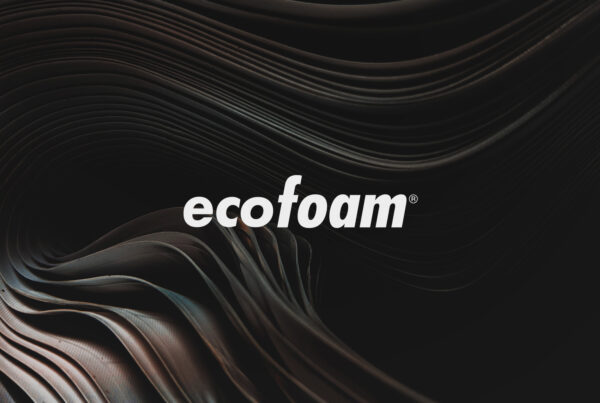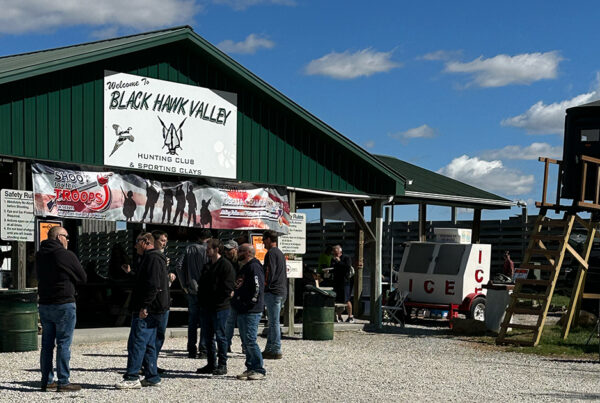The Cold Chain:
The cold chain is a temperature-controlled supply chain with an uninterrupted series of production, storage, distribution, and logistics activity designed to preserve, extend, and ensure that food and pharmaceutical products reach consumers safe and sound.
As the world’s population grows, so does the importance of the global cold chain.
For some, the cold chain provides the luxury and convenience of fresh food, but for others, the cold chain can be the difference between eating and going hungry. A 2019 study showed that one third of all food produced is lost or wasted before it can be consumed, particularly affecting developing countries. What’s worse, most of this food ends up rotting in landfills, producing CO2, and contributing to global warming.
Only a robust global cold chain alliance can reverse this current state. At FSI, we’re proud to play a role in improving the cold chain with our insulating polyurethane foam products and to do it in an environmentally responsible way. Our foams help strengthen and expand every link in the cold chain from harvest to storage, during transport, at retail, in restaurants, and at home.
From produce to meat to seafood and even medicines, anything that needs to be kept cool relies on cold chain equipment, and we’re proud to say that the cold chain industry relies on us. For over 50 years, FSI has been able to supply manufacturers in every phase of the cold chain market with the Polyurethane technology they need to produce incredible products. We’re committed to Polyurethane, because it’s what we do best, so that you can do what you do best!
What are examples of cold chain products?
Cold chain products are items that require specific temperature control during storage, handling, and transportation. Examples of cold chain products include:
- Perishable Foods: Such as fruits, vegetables, dairy products, meat, seafood, and frozen foods.
- Pharmaceutical Products: Including vaccines, blood products, and certain medications that must be stored at controlled temperatures.
- Chemicals: Some chemicals require temperature-controlled handling to maintain their efficacy and stability.
What are the 3 main components of cold chain?
The cold chain consists of a series of interconnected components to ensure temperature control, but the three main components are:
-
- Storage: This includes refrigerated warehousing and other temperature-controlled facilities where products are stored before distribution.
- Distribution: This involves the transportation of products using cold chain shipping container, refrigerated trucks, ships, or planes, ensuring that the temperature is maintained throughout the journey.
- Handling: This encompasses the procedures and equipment used to manage the products at every stage, from production to consumption, including packing, loading, unloading, and retail handling, all while maintaining the required temperature.
These components work together to preserve the quality and safety of temperature-sensitive products, reducing waste, and ensuring that they reach the consumer in optimal condition.
What are the 2 types of cold chain?
The two main types of cold chain are:
- Frozen Cold Chain: This involves maintaining products at frozen temperatures, typically below 0°C (32°F). It’s commonly used for products like frozen foods, certain pharmaceuticals, and other items that must be kept frozen.
- Chilled Cold Chain: This involves maintaining products at refrigerated temperatures, usually above 0°C (32°F) but below a specific threshold, depending on the product. It’s used for perishable foods like dairy, fresh produce, and certain medical products that must be kept cool but not frozen.
What is a cold chain procedure?
A cold chain procedure refers to the systematic process and guidelines followed to maintain the temperature integrity of a product from production to consumption. It includes:
- Selecting the appropriate temperature range for the product.
- Utilizing proper storage facilities, transportation, and handling methods.
- Implementing monitoring and control systems to ensure temperatures are maintained.
- Following regulatory compliance and safety standards.
- Training personnel in proper handling and emergency procedures. The goal is to ensure that temperature-sensitive products remain within their required temperature range throughout the entire supply chain, preserving quality and safety.
What ways does polyurethane benefit the cold chain?
Polyurethane plays a significant role in the development of cold chain equipment by providing:
-
- Insulation: Polyurethane foam is a highly effective insulating material used as part of the food cold chain in refrigerated storage, transportation containers, and packaging. It helps maintain the desired temperature, reducing energy consumption.
- Durability: Polyurethane materials are resilient and long-lasting, providing reliable insulation over time.
- Versatility: It can be customized to fit various applications within the cold chain, from insulating large warehouses to individual shipping containers.
- Environmentally Responsible Solutions: Some polyurethane products are designed to be more environmentally friendly, such as Ecomate, aligning with sustainability goals.
- Cost-Effectiveness: By providing efficient insulation and reducing energy needs, polyurethane can lead to cost savings in the cold chain process.
Polyurethane’s insulating properties and other benefits make it a valuable material in maintaining the integrity of the cold chain, supporting the safe and efficient delivery of temperature-sensitive products.





